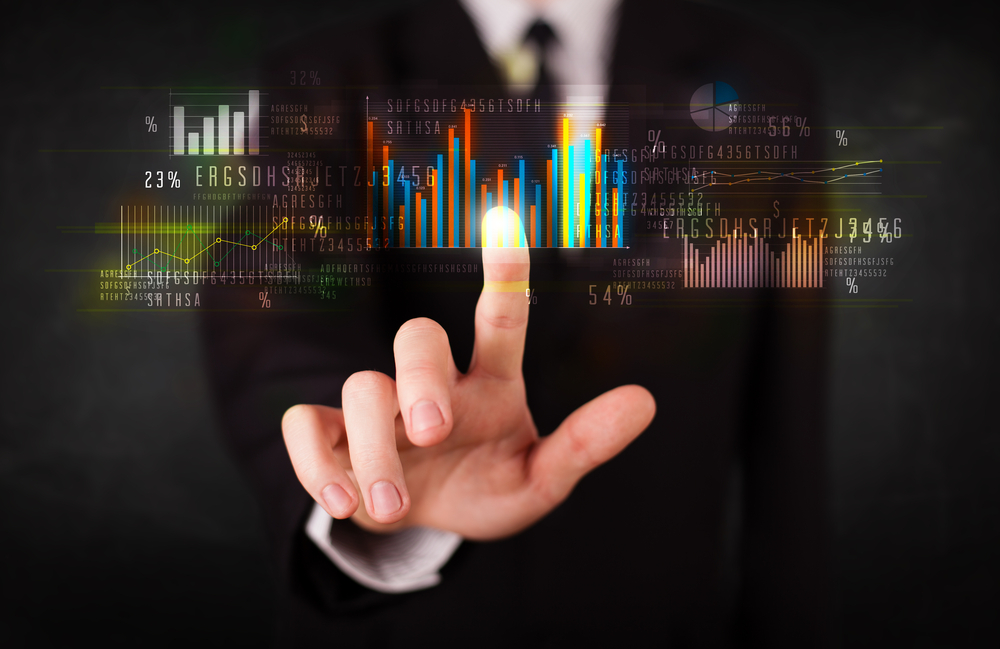
When it comes to today’s business landscape, gathering and analysing data is a must. However, it’s not enough that you have data—it must also be the “right” kind of data. Otherwise, it’s just noise.
This is why, for organisations, realising that you need the right kind of data is an important step in making Big Data work wonders for you. The question here is, how do you answer the “What?” part of the equation? It all starts with what you need.
The Need for Need Analysis
To begin to understand how to know and capture the right kind of data, businesses must go back to the drawing board, so to speak. Over 59% of companies are already using methods of collecting business insights, which gives them a better idea of what they need to gain more success, attain more progress, or solve problems. Here are several areas businesses are focusing on in terms of business insights and data analysis:
- For product improvements and developments
- Gaining deeper insights on consumer preferences
- For process improvement (i.e. streamlining internal operations and making them more efficient)
In order to narrow down and pinpoint the data points that are most needed to solve specific problems or achieve certain goals, a “need analysis” must be done. A classic term in business circles, performing a need analysis is all about deciding how best to proceed on a project, given limited time, money, and/or resources. The aim is to answer important questions such as:
- What takes precedence?
- What must be left behind?
- What are the most important elements that call for prioritisation?
Identifying what you need to do allows you to also identify the kind of data that’s most needed. Based on the data that you already have or can collect and analyse, what is the most relevant or useful?
The benefits of analysing your needs goes beyond determining what data you must use. It also lets you focus and streamline things better, especially in terms of data gathering and analysis. This allows you to maximise your time and resources and minimise wasted efforts. By analysing what you need, you’ll also have a clearer idea of your goals and what you must do to get the job done, undistracted by useless information that are unnecessary and could cloud judgement.
Matching Data to Your Needs and Goals
Understanding what you need is the first step. Matching the right data to that need is the next. To demonstrate this point, here are a few examples:
Real-time data for monitoring purposes
If you’ve determined that there’s a need to more effectively monitor customer interactions to provide better service or prevent fraud, you could be looking at real-time data as your target. Depending on the specifics of your goals, you could use the Internet of Things, devices such as CCTVs, or online interactions for this purpose. Real-time data from these sources can then be further managed and analysed to give you the needed insights for taking action.
For example, for e-commerce companies, real-time data derived from their online transactions can be analysed and interpreted to produce key findings such as the time of day that’s the busiest when it comes to purchases or the most popular product at a given moment. Steps can then be taken to make sure that the website will be able to handle more traffic or that stocks of popular products won’t run out. For financial institutions, real-time data can be analysed to not only find ways to boost customer services but also to know if a fraudulent activity has happened, allowing businesses to take quick action.
Customer insights for improving customer experience
For retail companies, the customers themselves are the key source of data that can be used to improve customer experience. If you have the same goal, you could turn to point of sale data, surveys (both online and offline), and social media for the data that you need. The important thing to remember is that the data must be from your customers or potential customers since they’re the best people who could tell you how to further improve the customer experience or journey you offer. Depending on the quality of data you get and the insights you derive, you may even be able to predict what your customers want, before they want it.
Historical data for predictive analysis
If your needs or goals are more dependent on making quality estimates or predictions, you can use both real-time and historical data. This is something that law enforcement agencies from around the world are now realising. Through the analysis of real-time data, patterns, and historical data, security agencies can more accurately determine crime hotspots (areas where crime is more likely to occur) and the locations where criminals could migrate to next.
The same can be said for businesses that rely on factories and heavy machinery. By analysing data on relevant factors such as the number of times a certain equipment has failed in the past or the longevity of a certain device, better maintenance and equipment upgrading schedules and protocols can be made. This results in being more prepared for equipment failure and wiser spending when it comes to maintenance and upgrades.
Knowing the right kind of data is highly dependent on what you need and your goals. Once you know what data you need, the path to solving problems, finishing tasks, or achieving your goals becomes clearer.
Of course, as we’ve said in the past, having the data even if it’s the right kind of data, is not enough. You must also have the tools to be able to effectively analyse and interpret it. Here’s where Latize’s data management platform Ulysses comes in—it builds for you an intelligent web of data based on harmonised internal and external data sets that you can use to derive insights for improving your business and making it future-proof. Contact us today and know how Big Data can take your business to the next level.



